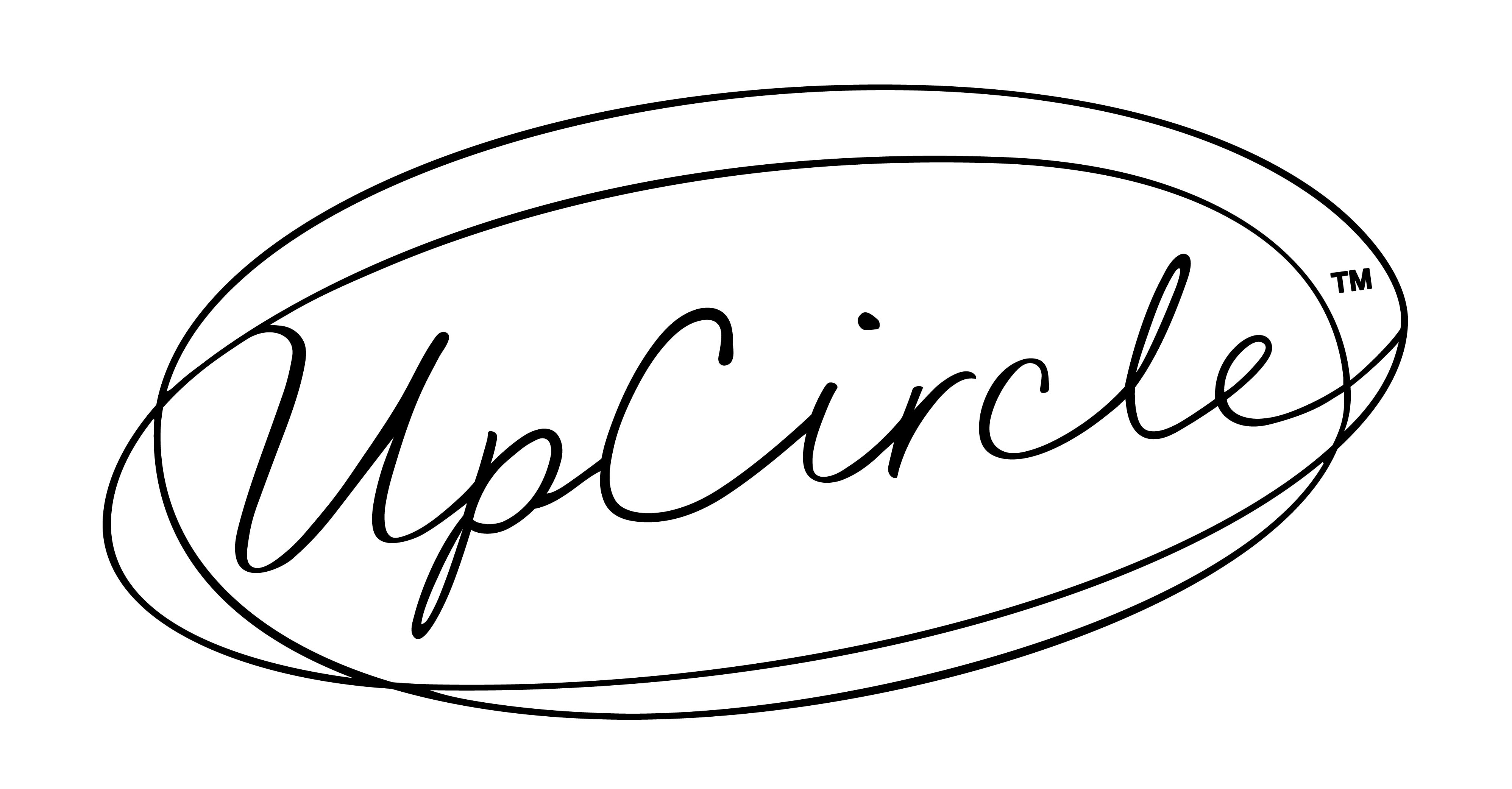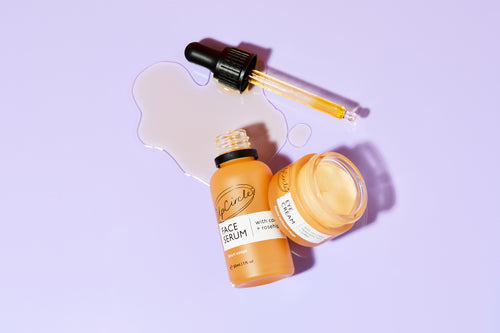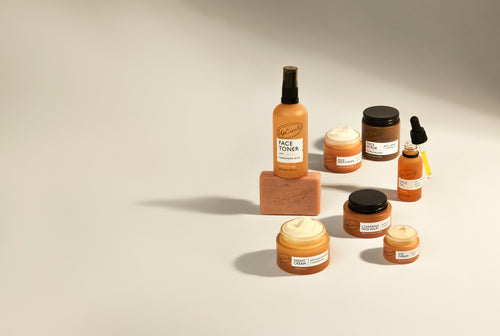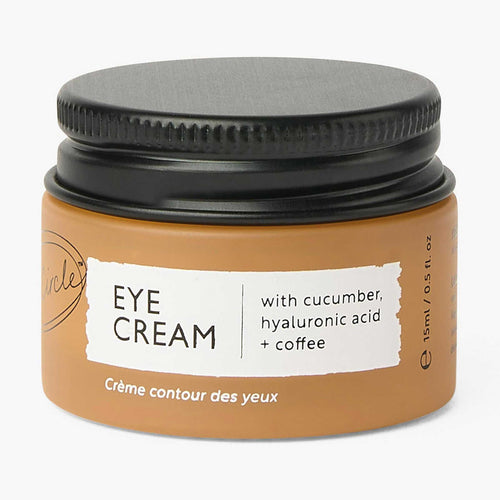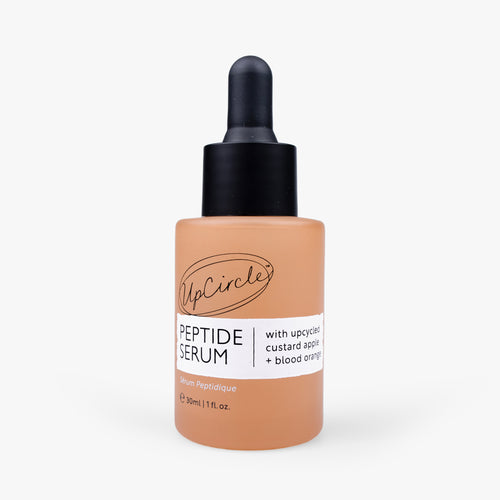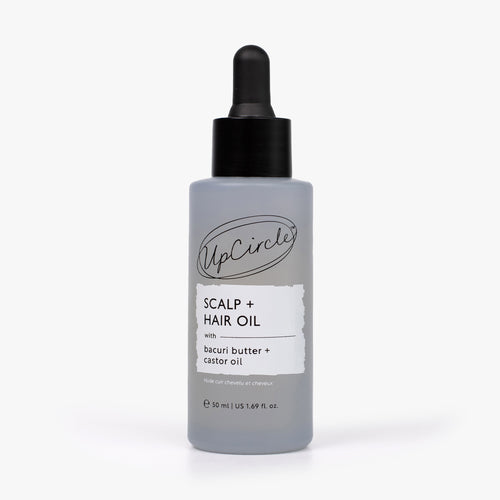Let’s be honest, many of us don’t do as much recycling as we could do. That old TV that you can’t sell, the leftover food you promised yourself you’d eat but ordered Chinese anyway – even the plastic that never joined its friends in the recycling bin because you couldn’t be bothered to rinse it out. Only around 45% of household waste is recycled in the UK. In 2016 alone, we sent 7.7 million tonnes of biodegradable waste to landfill, which included all the good things like food waste, green waste, cardboard and paper that could have been easily recycled instead of ending up in landfills.
It's not easy to recycle, especially when we don’t see the harmful effects of it, but it’s high time we all turned a little bit more green. So let’s start with the easy bit, the recycling symbols.
What’s with all the arrows?
Along with understanding taxes and how to fix a car engine, the recycling symbols are another thing that we really should have learnt at school. The majority of us have no clue what all the those little arrows and numbers mean. Sure, plastics, paper and cans should go into separate boxes or bags - but is there more to know than that? Well, yes actually, there’s quite a lot.
For one, those symbols and numbers you see on plastic bottles, soft drink cans and bread bags, they aren’t just there for decoration. They can tell you a fair bit about your old tomato & basil pasta jar. The symbols on packaging will tell you whether the item is likely to be collected for recycling by your local rubbish collectors (unsung heroes of our consumerist world if you ask us) or if you need to take it to your local recycling centre.

These three arrows are the most obvious of all the recycling symbols, as it shows that an object is capable of being recycled. But you knew that already, didn’t you?

Fairly easy one, this symbol means that the item can be collected by the majority of local authorities across the UK to be recycled. It may have additional information as to what to do with the packaging before dumping it in your recycling box however. For instance, the word ‘Rinse’ implies you need to, surprisingly, rinse off any leftover food waste to prevent it contaminating other materials. We are all guilty of not doing this from time to time, but it is something that can cause major problems in the recycling process. ‘Lid on’ is another one we will all be familiar with – the good old jar shake after you’ve used a pasta sauce. But the important bit is to put the lid back on after you’ve rinsed it, even if you think that they should be separate if the jar is glass and the lid metal. There may be other added instructions like ‘flatten’ (flatten the packaging to make more room in your recycling bin) and ‘cap on’ (meaning you should leave the cap on bottles, duh).

This requires a bit more legwork than simply walking the three steps to your recycling bin. Some products like electrical will need to be dropped off at your local recycling centre to be properly sorted. This handy symbol is applied to packaging that is recycled by 20-75% of local authorities across the UK, but check beforehand whether your community recycles this locally.
This means that less than 20% of local authorities across the UK recycle this product. But never fear! It is still worth checking as your community might recycle it, and that means less rubbish going into a landfill. Go you!

The good old green dot. This means that the producer of the item has made a financial contribution towards the recovery and recycling of the packaging across Europe. Ain't that nice of them?

These are the numbers inside the three arrows on plastic bottles that no one has a clue about what any of them mean. Well, we're about to tell you my friend. The numbers identify the type of plastic residue used to make this item. Not all the numbers are easily recyclable, but here's the low down. 1 & 2 are widely recyclable, while 4, 5, 3 and 6 can be recycled but this is not nationwide. Last but not least, 7 is rarely recyclable and should be avoided if at all possible.
tell you my friend. The numbers identify the type of plastic residue used to make this item. Not all the numbers are easily recyclable, but here's the low down. 1 & 2 are widely recyclable, while 4, 5, 3 and 6 can be recycled but this is not nationwide. Last but not least, 7 is rarely recyclable and should be avoided if at all possible.

This symbol explains that you should not put an electrical item in the bin, as electricals can be recycled at various recycling centres.

This little cute picture of a seedling means that the item is made using compostable plastic so it is designed to break down (yay!). However, these products should not go into the recycling bin as they will contaminate recycling products as they are made to decompose.

This symbol indicates that the product is wood-based and sourced from a forest that has been independently certified in accordance with the rules of the FSC.
The bad, the ugly and the un-recyclable
There are a whole range of products that cannot be recycled, and some of them might surprise you. Coffee cups, disposable straws and crisp packets are all fairly obvious ones. But non-paper gift wrap, tissues, kitchen roll and post-it notes are all paper-related products that cannot be put alongside their recyclable buddies. Wine glasses, glass cookware, nail varnish bottles and your faithful pots and pans are also some of the culprits. Finishing the list is plastic toys and hand soap pump dispenser tops (for a more sustainable option, switch to soap bars, like our chai soap bars that we conveniently made earlier). Avoid using these products and you’re on your way to saving the world.
How to make recycling easy
After that school lesson on the wonderful world of recycling symbols, here’s a few handy hints on how to make recycling as easy as pie.
Get organised
The problem with an outside recycling bin is that when it’s raining, snowing or sleeting (so most of the year round), the idea of leaving the safety of your home to trek the perilous journey to where you keep your recycling bin, is far from tempting. In fact, that’s when most of our desire to save the planet starts to wane a little thin. Instead of dragging yourself out into the British weather, make it easier for yourself by putting recycling bins in useful places. Put two in the kitchen - one for recycling, the other for food waste to be composted - one by the front door to collect all the waste flyers and envelopes, one for the bathroom to collect all your UpCircle serum bottles, and even one in your car so you can be green on the go.
Lead the reusable revolution
Reusable shopping bags, coffee cups, cutlery, collapsible straws that turn into keyrings, washable cotton pads to remove makeup, face scrubs – the list is endless. So much now can be replaced with reusable, environmentally friendly alternatives, you haven’t really got an excuse not to. Swapping disposable items for reusable ones hardly requires much effort or investment, but you might just save some polar bears in the process.
Food, wonderful food!
Food waste is responsible for the majority of thrown away rubbish, but there are a couple of steps you can take to reduce this. The first one is simple: eat everything. The second option for those wanting to maintain a slender physique, is to buy a cute little compost bin that matches your kitchen cupboards to collect food waste and turn it into nutrients for your garden. Gardens and compost bins aside, the old trick of using up what’s in your cupboards before you buy more is a goodie for both reducing food waste and your food budget. Also, try to avoid heavily over-packaged foods, like those avocados quadrupled wrapped in plastic.
At UpCircle, we are lovers of anything reusable, recyclable and upcycled. From repurposed leftover coffee grounds transformed into a range of feel-good scrubs to our organic coffee oil face oil, we are committed to making ethical beauty products from natural, sustainable ingredients. Share with us your recycling and reusing success stories so we can encourage others to join us in helping our world be a bit less wasteful.
